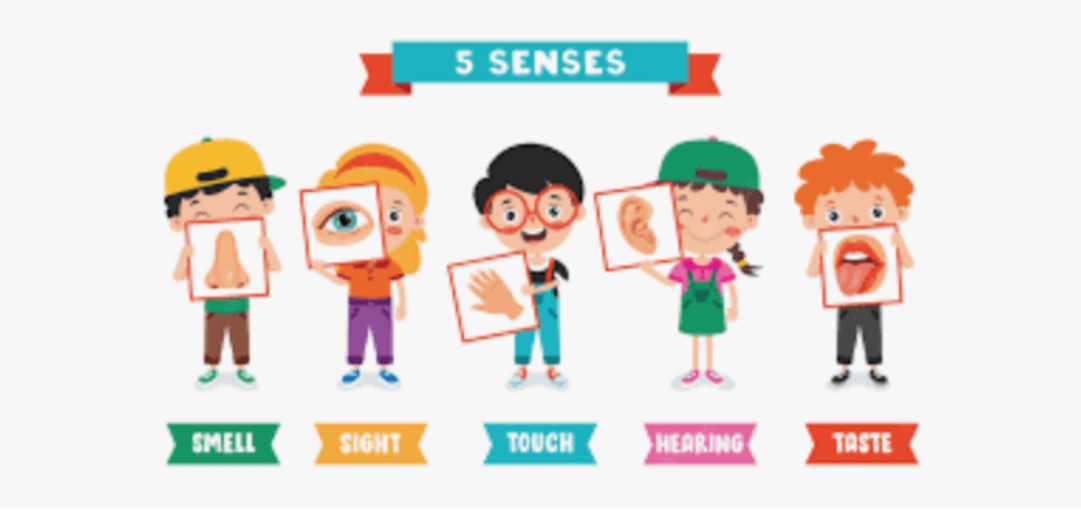October is Disabilities Awareness Month. I thought it would be fun to round out our month by exploring different ways to address sensory activities for all age groups and make them educational! By trade, I am a Special Education Teacher. I hold my undergraduate degree in Elementary Special Education, and a Masters’s degree focused on Autism Spectrum Disorder. I love that I am able to bring this different approach to learning and background to Teacher Time To Go!
So what exactly is Sensory Play? Sensory play is anything that allows your child to expirement with their 5 senses, touch, sight, smell, taste and hear. Sensory play provides children with access to different textures, materials, and items to explore and learn in an open-ended environment. These activities can help promote motor skills, problem solving skills, and creativity. Sensory play can also be used to help for those with sensory processing disorders. For example, some students struggle with certain textures. Sensory bins and activities are a controlled environment which they can explore the textures on their own terms. Sensory bins can also be used as a deescalation, or calming, technique for students that are experiencing overwhelm, anxiety, or frustration.
Sensory play has been building traction outside of the classroom environment in recent years. There are so many fun and elaborate Sensory Bin ideas on Pinterest and Instagram accounts dedicated to sensory play! One of my favorite accounts is @Mothercould on Instagram, who has a ton of great ideas and science experiment like sensory play ideas.
Fun for all ages. I will admit, when I create sensory bins for my kids, I end up playing in them just as much as they do! Who doesn’t like to run grains of sand or rice through their hands. Or knead play dough into different shapes, letters, or words. You can put these objects into a large plastic baggies and tape it to the floor or high chair for very young kiddos. You can add letters, numbers, sequencing activities for toddlers and early elementary ages. You can create scavenger hunts with small objects and a check list for older students. I have yet to meet a child, middle schooler, high schooler, or adult that is “too cool” to dive in and play! 🙂
I’d love to hear if/how you participate in sensory play at home!
Be Silly. Be Honest. Be Kind.
Rachel

